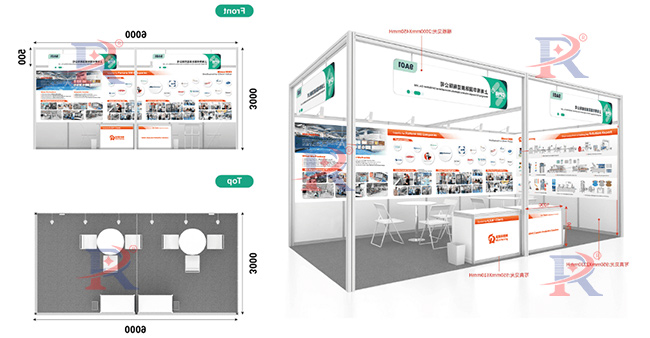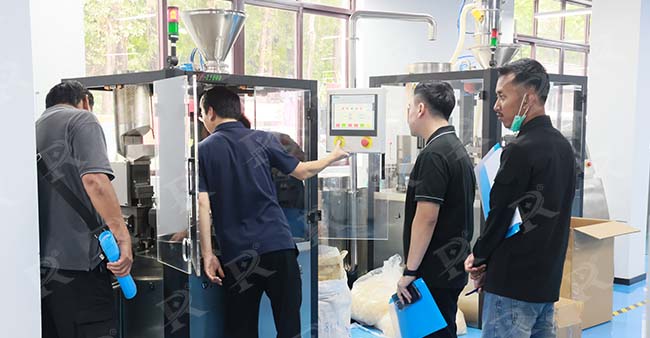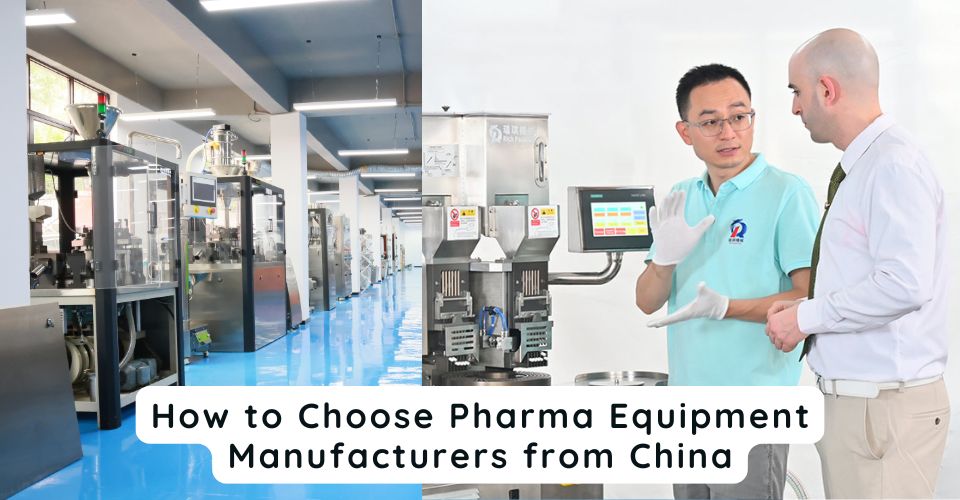The process of filling capsules requires precision and efficiency, which can be achieved through the use of liquid capsule filling machines. In this blog post, we will explore the various aspects of mastering these machines, from understanding their basics to exploring advanced features and cost considerations.
What are Liquid Capsule Filling Machines?

Liquid capsule filling machines are automated equipment designed to efficiently and accurately fill liquid formulations into empty capsules. These machines eliminate the need for tedious manual labor and ensure consistent dosing. Liquid capsule filling machines work by first separating empty capsules into their individual components, i.e., the body and the cap. The liquid formulation is then precisely dispensed into each body using a piston or peristaltic pump system. The cap is then sealed onto the body, completing the filled capsule.
Components and Structure of Liquid Capsule Filling Machines
Liquid capsule filling machines consist of various components, including a capsule loader, hopper, dosing system, sealing system, and control panel. Each component plays a vital role in the filling process and contributes to the overall efficiency of the machine.- Importance of each component in the filling process
- The capsule loader ensures the smooth and continuous supply of empty capsules, allowing the machine to operate without interruption.
- The hopper holds the liquid formulation and feeds it to the dosing system, which accurately measures the desired amount of liquid.
- The sealing system securely seals the filled capsules, preventing any leakage or contamination.
Liquid capsule filling machines are typically designed with a compact and ergonomic structure to optimize floor space utilization. They are made of high-quality materials that are resistant to corrosion, ensuring the longevity of the machine. The machines are also equipped with user-friendly interfaces and intuitive controls for easy operation.
Types of Liquid Capsules and Their Application
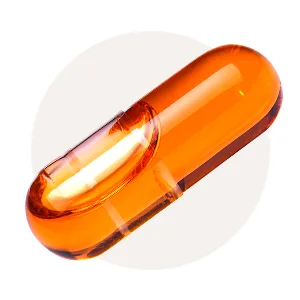
Liquid capsules are available in various formats, including softgel capsules, HPMC (hypromellose) capsules, and gelatin capsules.
- Softgel capsules are widely used and are known for their easy swallowability.
- HPMC capsules are suitable for vegetarian and vegan products.
- Gelatin capsules are commonly used in pharmaceutical applications.
Liquid capsules find applications in different industries, including pharmaceuticals, nutraceuticals, and cosmeceuticals. They are used to encapsulate various liquids, such as vitamins, herbal extracts, essential oils, and dietary supplements.
When selecting the appropriate liquid capsule type, factors such as compatibility with the liquid formulation, desired release profile, and target consumer preferences should be considered. Understanding these factors will help in choosing the most suitable capsule type for a particular product.
How Liquid Capsule Filling Machines Works?
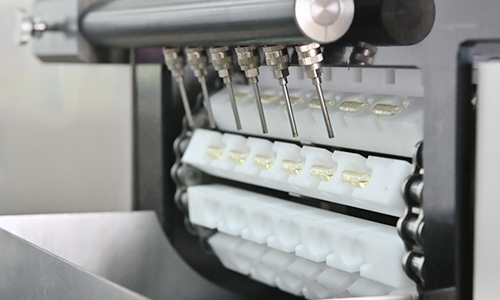
액상 캡슐 충전기 are essential equipment in the pharmaceutical industry for efficient and precise manufacturing of liquid-filled capsules. These machines consist of several components and undergo a series of steps to ensure safe and accurate filling of liquid into the capsules. Let’s delve into how these machines function:
Capsule Feeding
The process starts by feeding empty capsules into the filling machine. These capsules are usually made from gelatin or a vegetarian alternative, which can easily dissolve in the body.
Separation
Once the empty capsules are fed, the machine separates the top and bottom halves, ready for the filling process. This separation ensures that the liquid is accurately dispensed into each capsule.
Filling Station
The separating capsules move to the filling station, where the machine fills them with the desired liquid formulation. The filling system can employ various mechanisms, including pumps, peristaltic pumps, or piston fillers, depending on the requirements of the particular machine.
정밀 투여
Liquid capsule filling machines ensure precise dosing of the liquid formulation into each capsule. Advanced machines are equipped with sensors and controls that regulate the filling process, allowing for consistency and accuracy in the amount of liquid dispensed.
Resealing
After the capsules are filled, the machine reseals the top and bottom halves to encapsulate the liquid. This sealing process needs to be efficient to prevent any leakage or contamination.
Polishing
Some machines include a polishing step, where excess powder or liquid around the capsules is removed, leaving clean and appropriately filled capsules.
Ejection
Finally, the filled and sealed capsules are ejected from the machine, ready for further processing, such as capping, labeling, or packaging.
FAQ About Common Issues Encountered During Liquid Capsule Filling
Q: What are liquid capsule filling processes?
A: Liquid capsule filling processes involve the encapsulation of liquids, semi-solids, and suspension drug substances into hard or soft gelatin capsules. This is done using special capsule filling machines.
Q: What are common issues encountered during liquid capsule filling?
A: Common issues include leakage during encapsulation, incorrect dosage filling, capsule shell hardening, instability of the active ingredient, and damage or deformation of the capsules.
Q: What causes leakage during encapsulation in liquid capsule filling?
A: Leakage can occur due to factors such as changes in temperature or pressure, which leads to the breakdown of the capsule shell, or due to improper sealing during the filling process.
Q: How can we prevent incorrect dosage filling in liquid capsule filling?
A: Maintaining and regularly calibrating the filling machine, and ensuring correct specifications and instructions are adhered to can prevent incorrect dosage filling.
Q: What can cause capsule shell hardening?
A: Capsule shell hardening can occur due to high temperature, low humidity environment or usage of incorrect composition of the gelatin shell.
Q: How is the instability of the active ingredient a problem in liquid capsule filling?
A: If the active ingredient is not stable, it may degrade or change over time, leading to variations in effectiveness or even safety issues with the final product.
Q: Why does the damage or deformation of the capsules happen?
A: Damage or deformation may be caused by rough handling, improper storage conditions or by defects in the capsule filling machine.
Q: How can damage or deformation of the capsules be prevented?
A: Regular and proper maintenance of the filling equipment, careful handling of the capsules, and appropriate storage conditions can help prevent damage or deformation of the capsules.
Q: What are some solutions to counter the common issues encountered during liquid capsule filling?
A: Proper training of personnel, usage of high-quality materials, scheduled maintenance and calibration of equipment, and meticulously following protocol can help avoid or minimize these common issues.
결론
In the fast-paced world of pharmaceutical manufacturing, mastering the liquid capsule filling machine is essential for achieving efficiency and maintaining high product quality. We have explored the basics of these machines, their advantages, components, and types of liquid capsules. We discussed considerations for filling techniques, capsule materials, quality control, troubleshooting, automation, cost analysis, and best practices for optimal filling.
